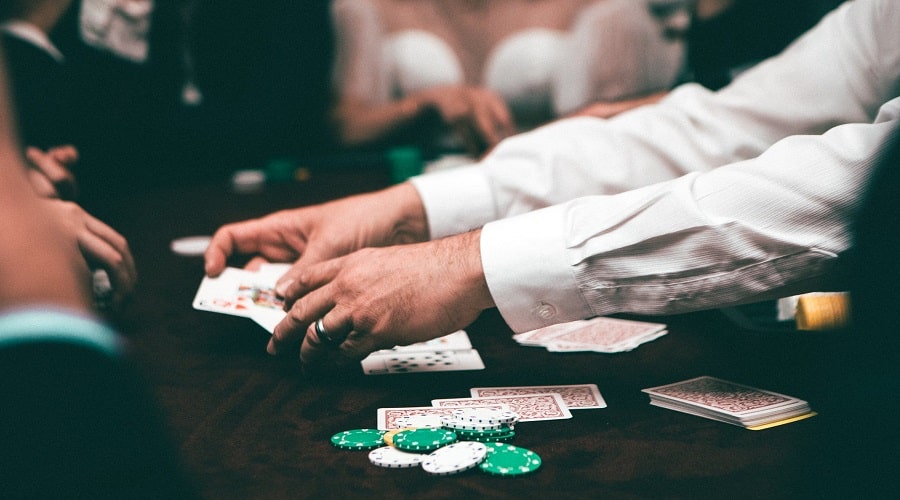
Equity: definition, example and strategy
Equity is your share in the profits of any of the banks, it depends on the chance of winning. Example: You stay in a 1 on 1 hand, the value of the pot is 200%, the chance of winning is 50%, so your equity is 100%.
This doesn’t mean the amount you can win in that hand. It is the amount you will win on average over the long run. Sometimes the word “equity” is used as a synonym for the word “value” (which is a broader concept).
Here’s an example
So, you’re playing a No Limit Holdem at a cash table and there’s only one opponent. On the flop, it’s Q of diamonds 9 of diamonds 2 of crosses. As the game progresses, both opponents decide to go all-in and 250% is on the line. You have a very strong hand – J diamonds 10 diamonds, and given the flop you have a straight flush draw, and your opponent shows two black aces. And given your opponent’s strong position, you have a 44% chance of winning. And yours is 56%. So, at this point in the hand, your equity is 140% and your opponent’s is 110%. Of course, all the winnings would go to the luckier player who is fortunate enough to win.
Strategy
In the example above, equity was calculated right after the players revealed their cards, though in most cases equity had to be calculated in a particular pot based on the capabilities of one’s own hand and the possible range of the opponent’s hand.

If your opponent is playing a tight hand in the example above, he would respond with a 3-bet in the first round, but would continue betting after the dealer had dealt the flop. Since we already know his opponent’s behavior pretty well, we can assume he’s holding a high pair of aces or kings. With the monster draw, we’ll have an advantage over any pair, and over most strong hands. So we can call or rake.
Don’t forget – in each round the equity will change. For example, we have moved to the next street and on the board we see Q diamonds 9 diamonds 2 crosses 2 hearts. Since there is only one card left undiscovered, the chance of winning is reduced to 30%, and if we continue aggressive play, the game becomes completely pointless.
Often, players with a short stack feel it is better to flush with a J10 Straight Pair than a multi-suit high pair, since equity is significantly higher if you are answered. However, if your opponent’s hand is AQ, you will have no more than a 40% chance of winning.
When making decisions, rely on calculated equity and play flexibly, and victory will come to you much more often.
